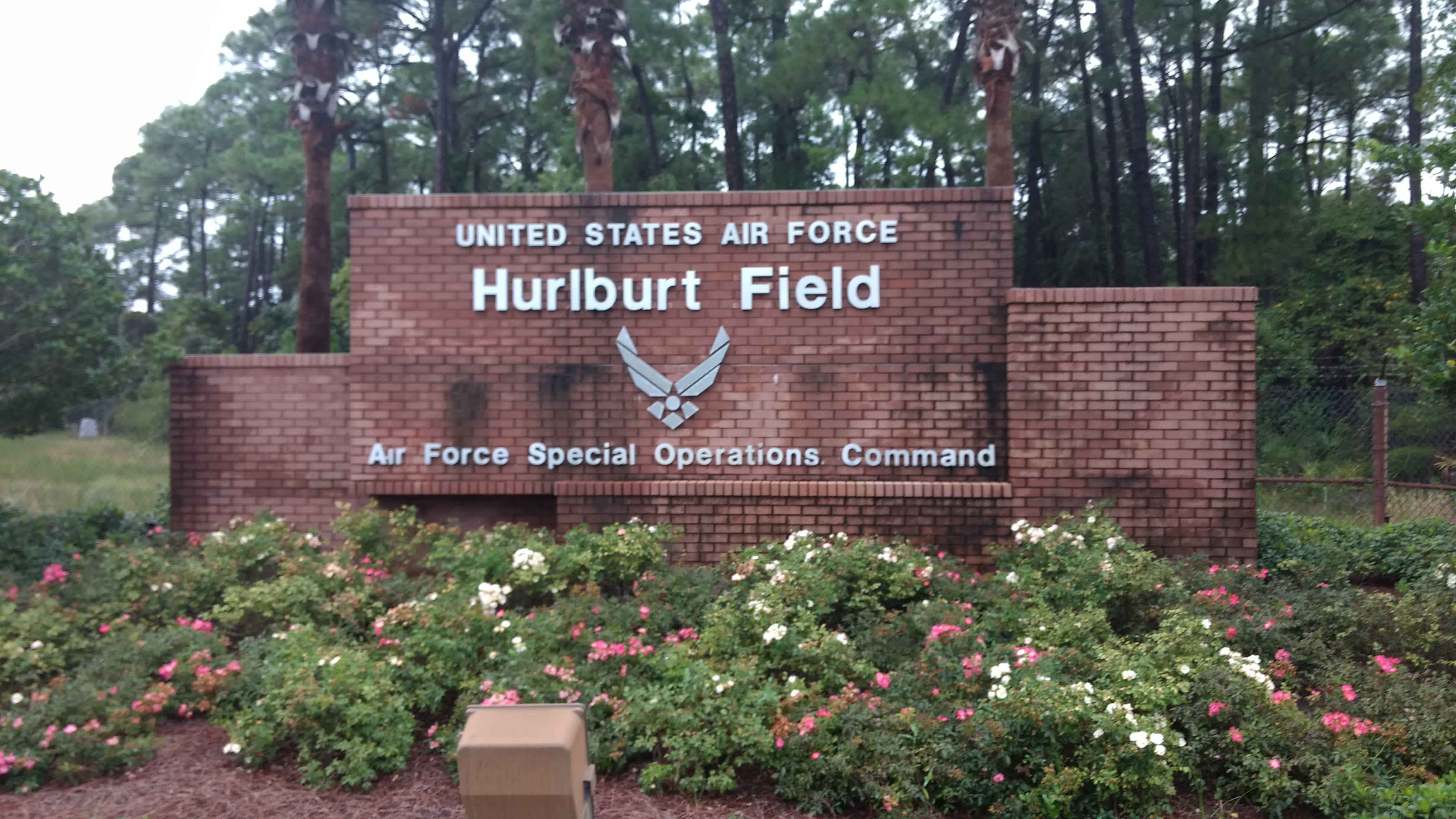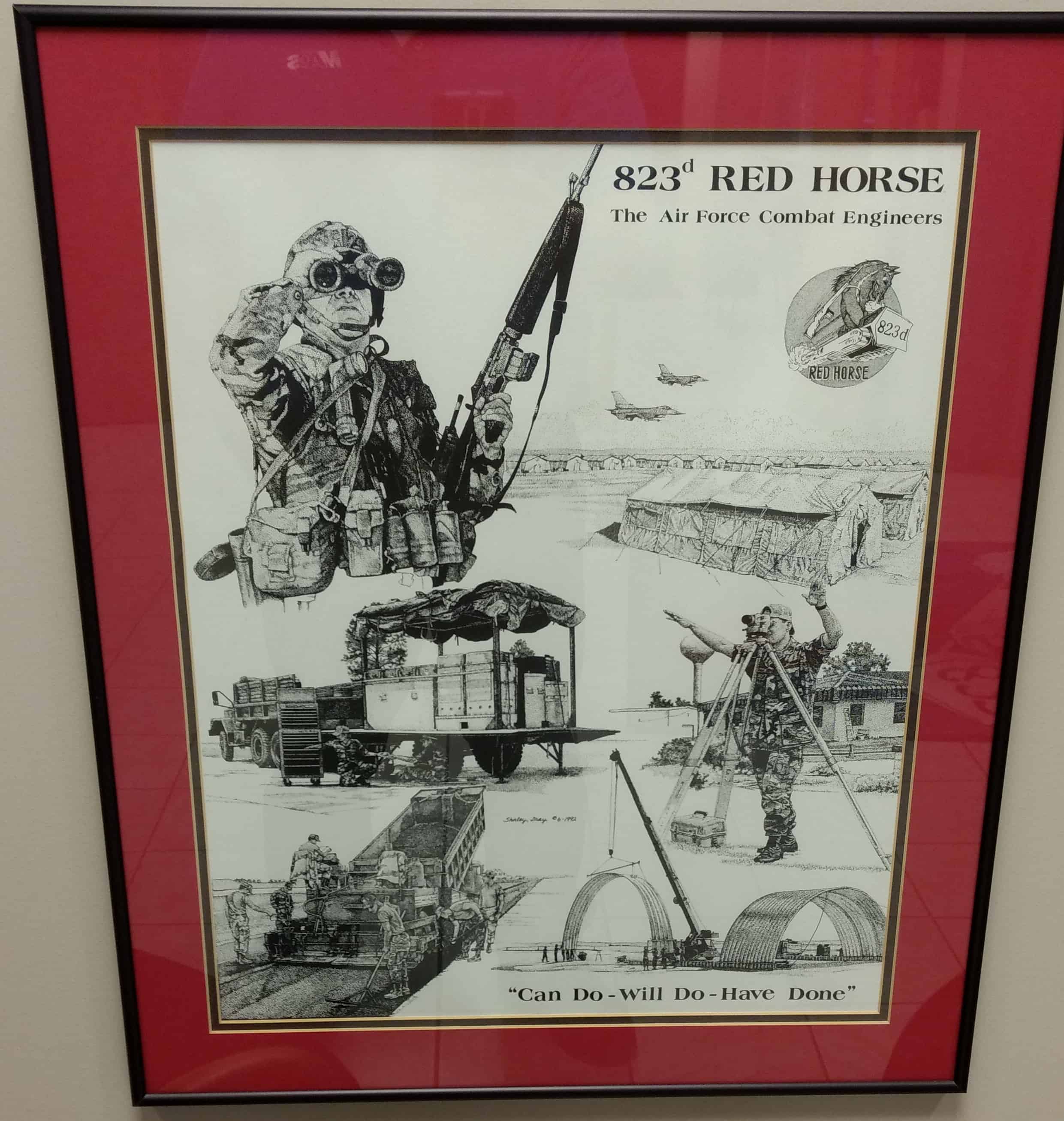823d RED HORSE
By Steve Schaeber, MACS Technical Editor
I think I stumbled upon one of the best days to travel by air: Labor Day. Short lines at security, and on the plane I even had the row to myself! In all the years I’ve been flying out of PHL, I’ve never done so on this most revered of American holidays. But this time I gladly made an exception, as I was asked to teach a two-day Mobile A/C “boot camp” of classes for the US Air Force. It was at Hurlburt Field, a rather large base located just off the Gulf Coast in the Florida panhandle, about an hour east of Pensacola.

Specifically, I taught our Mobile A/C Best Practices and Section 609 Certification classes for the men and women of the 823d RED HORSE Squadron, or Rapid Engineer Deployable Heavy Operational Repair Squadron Engineers. This squadron is one of only four active-duty units of its kind in the Air Force. Highly mobile and self-sufficient, their special skills are honed through construction projects for the Air Force, Department of Defense and civilian community.

The group I worked with are those who service and maintain the heavy equipment on base. Machines such as Volvo and CAT excavators, Bobcat T250s, cranes, dump trucks, and even Polaris Rangers, Elgin sweepers and Ford F-250s (painted that deep Air Force royal blue). There were seven gigantic drive-thru bays in the shop where we worked, one of which had a 100,000 lb. parallelogram 8-leg drive-on lift recessed into the floor. Now that’s a heavy lifter!
You may also know that September is hurricane season, and on the day I arrived a tropical storm had just crossed southern Florida which was expected to develop into a hurricane.
In fact, about half way through our first day of classes, base Commanders decided to shut down certain operations (including ours) to enable those who live off base to return to their homes and communities in preparation for Tropical Storm Gordon (some of the storm’s highest winds and heaviest rainfall passed right over Fort Walton Beach and Hurlburt Field). Their strategy allows a safer commute for their Airmen, many of whom also assist with local search and rescue operations.
When classes ended I spent some time touring around the Hurlburt Memorial Air Park on base. I’m a history buff, so for me it’s neat to see first hand the planes and helicopters used to defend our country. An A-26 and B-25 from WWII, and an AC-119, HH-3E and T-28 from Vietnam were among those on the field.
But probably the most striking to me was seeing some of the aircraft used in Iraq and Afghanistan since 2001. It’s strange to think that those battles, which seem to be recent, have taken place so long ago that their aircraft have already been retired in favor of newer, more technologically advanced equipment (the MH-53 Pave Low, retired 2008 and AC-130, retired 2014).
Oh, and about that storm? It never did develop into a hurricane, but we did get lots of rain and wind. But it’s what the storm left behind at the beach and in the sky as it passed that left me in awe. Streaks of clouds, a rumbling surf, and a beautiful pallet of colors that were simply amazing!
Note: Learn more about MACS Worldwide, the Mobile Air Conditioning Society, by visiting our website at www.macsw.org for more information.
Want to learn more about the aircraft at the Hurlburt Field Memorial Air Park? Here’s a link to the official Air Park Guide: https://www.hurlburt.af.mil/Portals/84/documents/Hurlburt%20Field%20Air%20Park/Airpark_Guide_2015.pdf
In it, you can also read about First Lieutenant Donald Wilson Hurlburt, after whom the base is named, on page 25, or at this Wikipedia link: https://en.wikipedia.org/wiki/Hurlburt_Field
Here’s a link to the main Hurlburt Field website: https://www.hurlburt.af.mil/
Updated: November 14, 2018

Leave a Reply